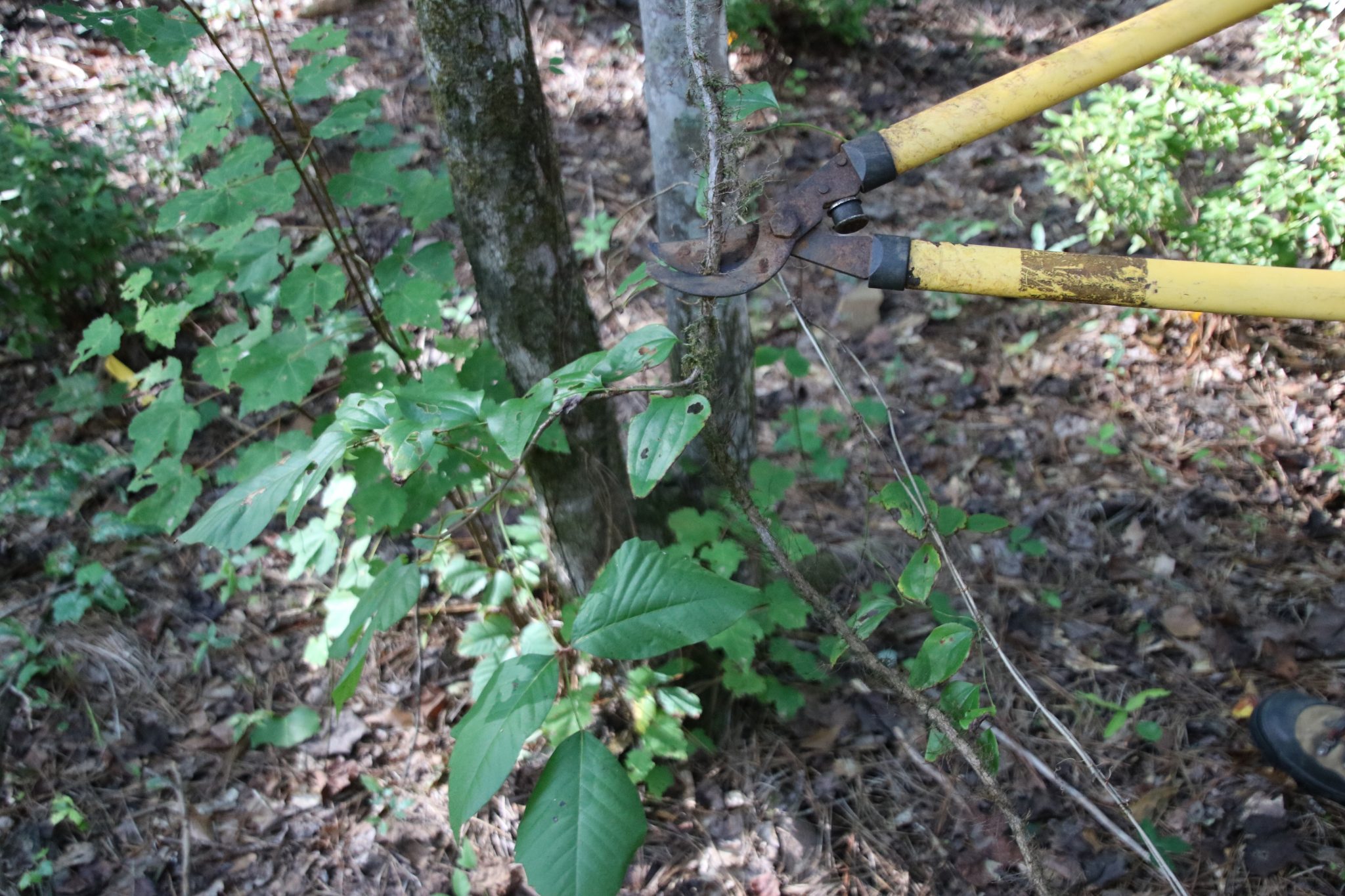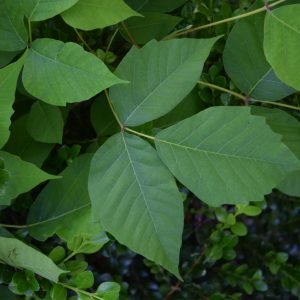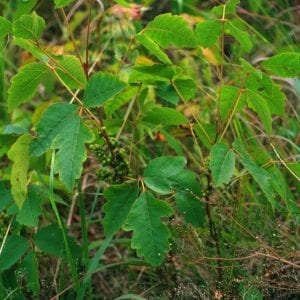Forestry & Wildlife

AUBURN UNIVERSITY, Ala. — For gardeners or those that enjoy the outdoors, spring fever is one thing, but itching rashes and painful blisters are another thing entirely. Poisonous plants can turn a wonderful pastime into an unfortunate experience. A working knowledge of common poisonous plants is the best defense against an itchy outcome.
“Poison ivy (Toxicodendron radicans) and poison oak (Toxicodendron pubescens) are the most commonly encountered poisonous plants in the area that can result in skin irritation/allergic reaction,” said Nancy Loewenstein, an Alabama Cooperative Extension System forestry and wildlife specialist.
Other poisonous plants that may be found in Alabama are stinging nettles (Urtica sp.) and spurge nettle or tread softly (Cnidoscolus stimulosus). These plants have stinging hairs that can also cause painful reactions.
Identifying These Plants is Important
The ability to identify poisonous plants when you are outdoors will help prevent a dreadful experience. It is also important to recognize look-a-like plants, as many grow in similar conditions.
Some people frequently confuse Virginia creeper (Parthenocissus quinquefolia), box elder (Acer negundo) and climbing hydrangea (Hydrangea barbara) with poison ivy.
People can also mistake fragrant sumac (Rhus aromatica) for poison oak. Only a few differences occur in these plants. One difference is that fragrant sumac leaflets attach at a single point. This is different from poison oak’s terminal leaflet having a short stem.
“Recognizing the differences can help ease your mind if you encounter a look-a-like rather than one of the irritating plants,” Loewenstein said.
- Figure 1. Poison ivy leaves have three leaflets. Leaflets have scattered, jagged teeth along the edges and may have a larger tooth or lobe close to the bottom edge of the leaflet, giving it a mitten-like shape. There is often a red spot where the bottom two leaflets join together.
- Figure 2. Poison oak looks similar to poison ivy, but the teeth along the edges of the leaflets are more rounded, leaves often are not as shiny, and the form is more shrub-like (photo by John Byrd, bugwood.org).
Controlling Poisonous Plants
Controlling infestations of poison ivy, poison oak and poison sumac plants can be tricky because of the need to avoid contact. Unless the plants are growing in areas where people are actively gardening or where children are playing — such as the yard — there may be no need to risk exposure to control these species.
“If you do need to control these plants in your yard, the safest option is to use an herbicide spray,” Loewenstein said. “Effective herbicides containing glyphosate and triclopyr are available in the gardening section of most general stores. Some are specifically labeled for poison ivy control.”
More Information
Read more about touch-me-nots in the Alabama Extension publication, Touch-Me-Nots: Poison Ivy, Poison Oak and Poison Sumac. You can find this publication and other information on plants to avoid at www.aces.edu.



